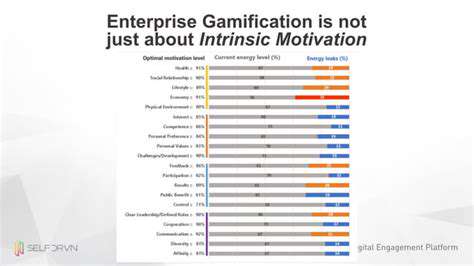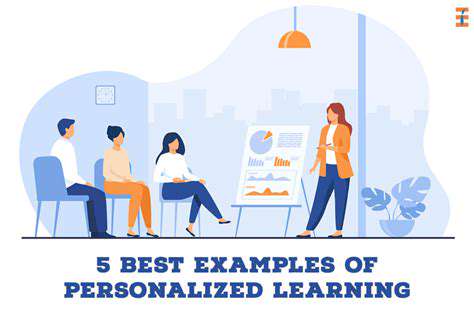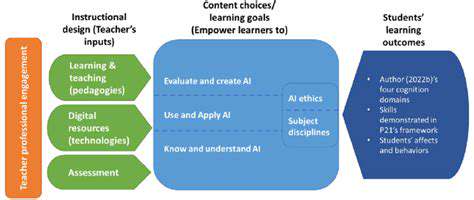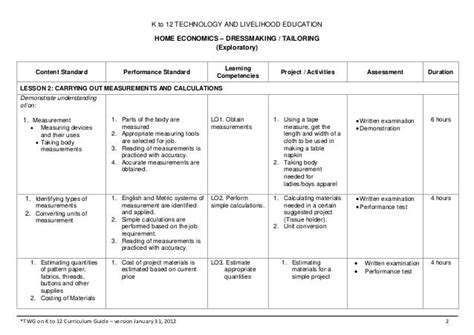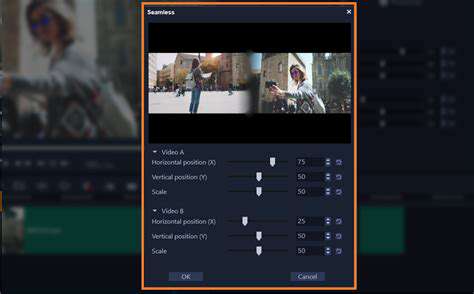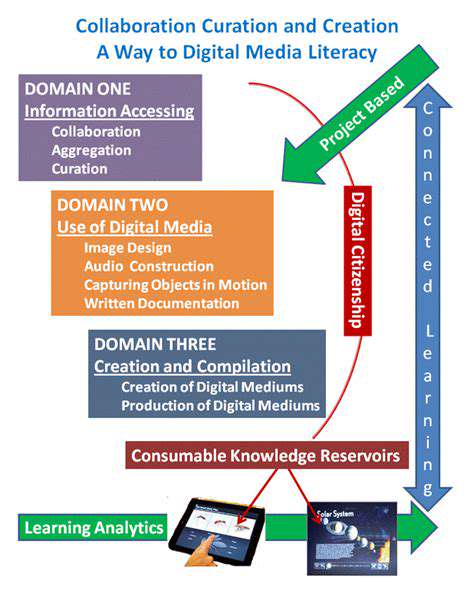Assessing Formative Learning in Hybrid Models
Defining Formative Assessment in Hybrid Settings
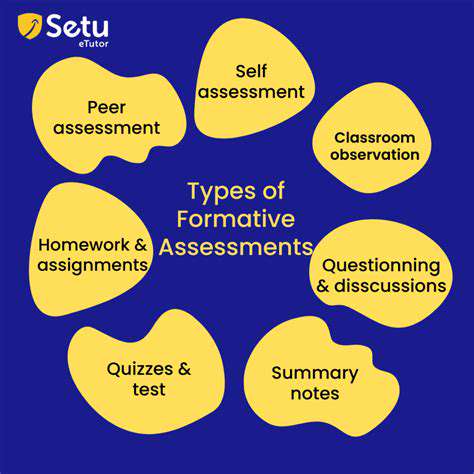
Understanding the Core Concept
Educators universally recognize formative assessment as a cornerstone of impactful teaching. Unlike traditional evaluations, this approach focuses on real-time understanding rather than final outcomes. Teachers leverage these frequent check-ins to pinpoint knowledge gaps and adjust instruction dynamically, creating a responsive learning environment where students can thrive.
At its heart, this method prioritizes learning enhancement over mere measurement. The emphasis lies in delivering prompt, constructive feedback that helps learners correct misunderstandings and solidify their grasp of concepts.
Key Characteristics of Formative Assessment
What sets formative assessments apart is their process-oriented nature. Designed as low-pressure evaluations, they remove the anxiety associated with high-stakes testing. This intentional design fosters a classroom atmosphere where experimentation and learning from mistakes becomes not just acceptable but encouraged. Teachers can observe genuine understanding rather than test-taking performance.
Perhaps most crucially, the feedback loop is nearly instantaneous and precisely targeted. This specificity enables educators to modify their instructional approaches in direct response to student needs.
Types of Formative Assessment Strategies
The toolkit for formative evaluation contains diverse instruments, each serving distinct purposes. From brief knowledge checks (like exit tickets) to collaborative discussions and systematic observation of student work, these methods offer multiple lenses through which to examine comprehension. Thoughtful questioning techniques, when skillfully employed, can reveal deeper insights than traditional quizzes alone.
The Importance of Feedback in Formative Assessment
High-quality feedback forms the backbone of effective formative practice. It must be both practical (offering clear next steps) and process-focused (emphasizing how to improve rather than just what's wrong). When students receive meaningful feedback, they transition from passive recipients to active participants in their learning journey.
A balanced approach that acknowledges strengths while addressing weaknesses proves most effective. This dual focus nurtures resilient learners who view challenges as opportunities for growth rather than signs of failure.
Connecting Formative Assessment to Learning Objectives
Alignment between assessments and instructional goals ensures evaluations actually measure intended outcomes. When teachers design formative checks that mirror learning objectives, they create a coherent educational experience. This strategic alignment helps educators quickly identify and address discrepancies between what was taught and what was understood.
Using Formative Assessment Data for Instruction
The insights gleaned from these ongoing assessments provide an invaluable roadmap for teaching. Patterns in student responses reveal common misconceptions and knowledge gaps. Teachers who systematically analyze this data can transform their classrooms into precisely targeted learning environments. Instructional adjustments based on these findings often lead to significant improvements in student outcomes.
The Role of Student Self-Assessment in Formative Assessment
When learners engage in self-evaluation, they develop crucial metacognitive skills. Techniques like reflective journaling or structured self-checklists encourage students to take responsibility for their progress. This practice not only deepens understanding but also cultivates lifelong learning habits.
Key Considerations for Hybrid Formative Assessment
Planning and Design
Thoughtful preparation distinguishes effective hybrid assessments. Educators must accommodate varied learning preferences across physical and digital spaces. The best designs promote active engagement through collaborative and individual tasks while ensuring accessibility for all. Clear success criteria and coherent learning objectives provide essential structure in these flexible environments.
Bridging online and in-person components requires intentional design choices. Consistent assessment formats across modalities reduce cognitive load, while well-crafted rubrics maintain expectations regardless of learning context.
Technology Integration
Digital tools revolutionize hybrid assessment when selected thoughtfully. The ideal platforms facilitate immediate feedback, collaborative spaces, and individual progress tracking. From interactive quizzes to digital portfolios, technology offers myriad ways to enhance engagement. However, tool selection must prioritize universal accessibility to prevent creating digital divides.
Successful implementation requires comprehensive training for all users. Both educators and students need ongoing support to fully leverage these digital resources, transforming potential obstacles into powerful learning aids.
Student Engagement and Interaction
Hybrid assessments shine when they create vibrant learning communities. Peer feedback mechanisms, collaborative projects, and shared digital spaces foster meaningful interaction. The most effective strategies balance synchronous discussions with asynchronous collaboration opportunities.
Assessment Data Analysis and Feedback
Hybrid environments generate rich data that, when analyzed carefully, can transform instruction. Identifying patterns in this data allows for targeted interventions and personalized support. The most impactful feedback is both timely and transparent, clearly linking to learning objectives while encouraging student self-reflection.
Leveraging Technology for Data Collection and Feedback

Data Collection Methods
Contemporary education benefits from an abundance of data gathering tools, from basic spreadsheets to advanced cloud systems. While manual entry persists in some contexts, its inefficiency and error-proneness make automated solutions increasingly attractive. Methods should align with specific assessment needs—surveys for broad input, controlled experiments for causal analysis.
Data Storage and Management
Cloud solutions revolutionize data accessibility while maintaining security. These platforms enable seamless collaboration regardless of geographical barriers. Effective systems prioritize both organization and protection, implementing robust encryption and access controls to safeguard sensitive information.
Data Analysis Techniques
Advanced analytics transform raw data into actionable insights. Machine learning algorithms uncover complex patterns that might escape traditional analysis. Visualization tools then translate these findings into accessible formats, bridging the gap between data and decision-making.
Ethical Considerations in Data Collection
Responsible data practices form the foundation of educational technology. Transparent policies and strict compliance with regulations build essential trust. Clear guidelines on data ownership and usage protect all stakeholders while enabling valuable research.
Adapting Assessment Strategies for Different Learning Modalities
Visual Learners
These students excel when information incorporates graphical elements. Assessment designs should emphasize diagram interpretation, concept mapping, and visual pattern recognition. Interactive simulations particularly resonate with this group, making abstract concepts tangible.
Auditory Learners
Verbal explanations and discussions prove most effective for these students. Oral presentations, debate formats, and audio recordings allow them to demonstrate understanding through their preferred medium.
Kinesthetic Learners
Hands-on assessments yield the best results for these physical learners. Model-building, lab experiments, and interactive simulations engage their natural learning style while accurately measuring comprehension.
Technology-Enhanced Assessments
Digital tools offer unprecedented flexibility in assessment design. Adaptive platforms can customize evaluations to individual learning preferences while providing immediate, personalized feedback. This approach maintains rigor while respecting neurological diversity.

Read more about Assessing Formative Learning in Hybrid Models
Hot Recommendations
- The Gamified Parent Teacher Conference: Engaging Stakeholders
- Gamification in Education: Making Learning Irresistibly Fun
- The Future of School Libraries: AI for Personalized Recommendations
- EdTech and the Future of Creative Industries
- Empowering Student Choice: The Core of Personalized Learning
- Building Community in a Hybrid Learning Setting
- VR for Special Education: Tailored Immersive Experiences
- Measuring the True Value of EdTech: Beyond Adoption Rates
- Addressing Digital Divide in AI Educational Access
- Preparing the Workforce for AI Integration in Their Careers
